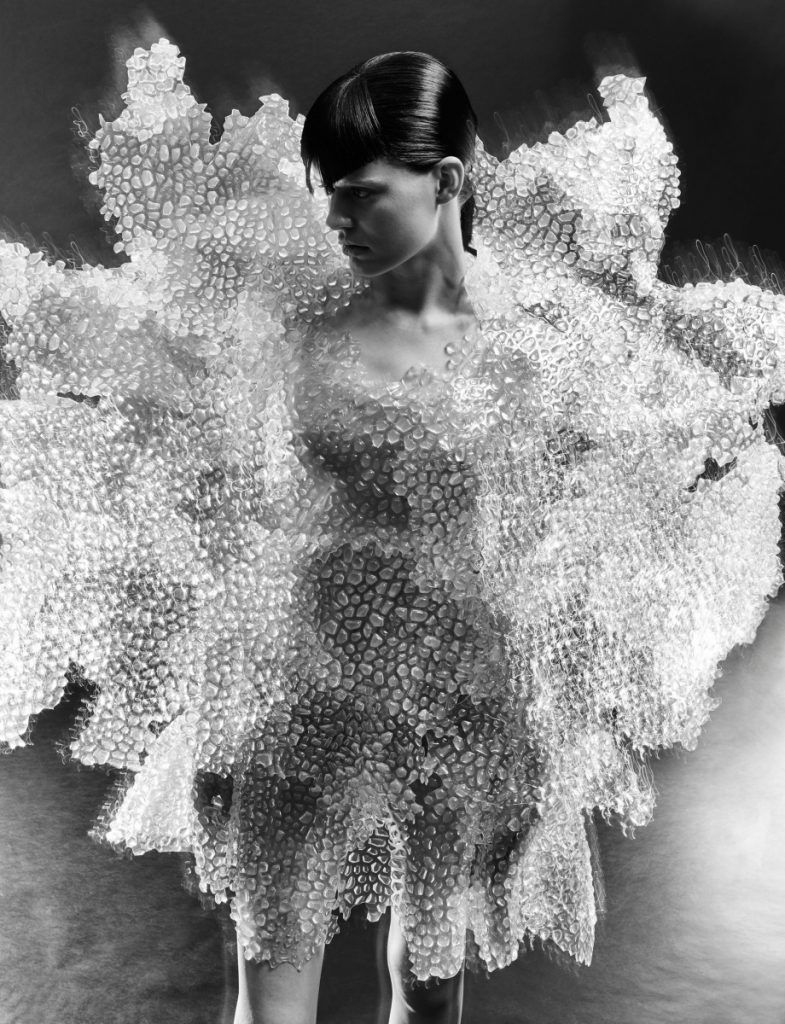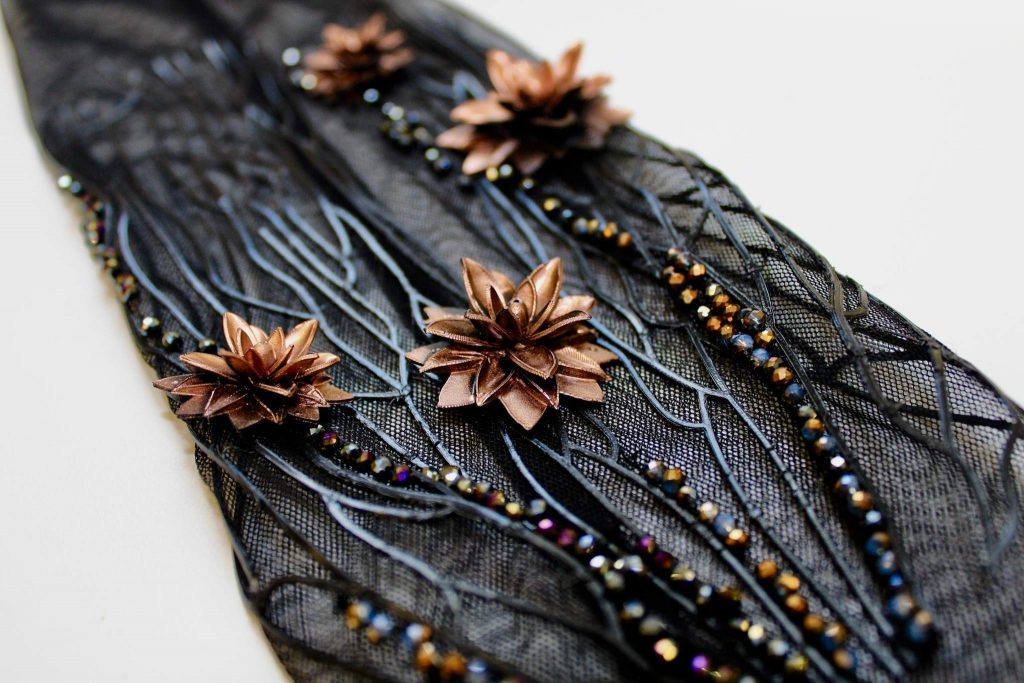This is a guest post in our series looking at the future of 3D Printing. To celebrate 5 years of reporting on the 3D printing industry, we’ve invited industry leaders and 3D printing experts to give us their perspective and predictions for the next 5 years and insight into trends in additive manufacturing.
Stephania Stefanakou is FCAD Fabrication Lab Assistant at Ryerson University, Ontario, teaching and assisting undergraduate and graduate students with 3D printing and wearable tech projects. Noticing technology’s potential to transform fashion, Stephania has founded two startups that leverage 3D printing to make garments. The first company, STEFANAKOU, works with clients to make custom 3D printed clothes. The second, of which she is co-founder, is House of Anesi – a brand set up to provide women with custom fitting, 3D printed bras.
3D Printing The Next Five Years by Stephania Stefanakou
3D printing technology is constantly evolving and has allowed designers to experiment with different shapes and materials and create objects that cannot be fabricated with sewing machines. 3D printing in fashion was made popular through Iris Van Herpen’s designs.

In 2009, Van Harpen made her first 3D printed dress and since then she has been pushing the boundaries of 3d printing in fashion. This emerging technology allows us to push the limitations of our imagination, come up with crazy ideas and transform them into tangible objects.
The fashion of filaments
I have always been interested in wearable technology. I graduated from Ryerson University’s Fashion Communication program in 2015. I started exploring emerging technologies, such as 3D printing, in September of 2015 in preparation for my thesis project.

After learning about different printer filaments, I decided to print a shirt using a flexible filament. Flexible filaments were not widely available 5 years ago. These filaments allowed me to produce a garment that users can wear for more than just a 20 minute photoshoot! TPU and TPE filaments allow makers and designers to create objects that are easier to prototype and test and have more functionality than rigid forms. I used FilaFlex from Recreus to produce my first 3D printed shirt, as it was the only filament on the market with lots of elasticity – elasticity is the key to producing a comfortable, wearable garment.

Design flexibility
In the fall of 2016, I founded STEFANAKOU, a startup that leverages 3D printing to make innovative garments. I 3D print entire garments as well as 3D print directly on fabric with filaments such as Ninjaflex and Willoflex for FDM printing. Using flexible resin and a FormLabs2 printer, I also 3D printed highly-detailed, organic embellishments that I sew onto garments.

3D Printing allows me to create my own textile designs and my own “fabrics” and it only takes 30 minutes to 5 hours to see the final piece, depending on how complex I design it. I don’t have to search a bunch of fabric stores to find the correct fabrics, embellishments and laces or design something and send it to a factory far away and take 1-2 months to receive the final product. I design my own embellishments and my own 3D designs to fit my collection’s theme. Furthermore, I do not need to know difficult patterndrafting techniques in order to make unique shapes and forms for my garments, I can just 3D model them in the forms I want the right away and 3D print them.
An innovative, eco future
As the 3D printing industry grows, I believe 3D printing will become more prevalent in the fashion industry, as designers will produce innovative garments. I see the potential for 3D printing to have a positive impact on the environment, as all the flexible plastics can be recycled and some materials are biodegradable too! In the next 5 years, I believe I will have access to bigger and more affordable printers that can print bigger volumes and even entire garments so that I will not have to print garments in modules.
I am a founding member of another startup, House of Anesi. Using performance technology and smart materials, Anesi has created a bra that adapts to fluctuations in breast size to provide women with bras that fit perfectly. During our early prototyping stages, we used 3D printing to test the function of some parts of the bra and to evaluate what materials to print with. In the end, we realized it is more cost efficient to produce market ready pieces using 3D printing.
In the next 5 years, I believe more and more fashion companies will use 3D printing not only for prototyping but for mass manufacturing for the market.
This is a guest post in our series looking at the future of 3D Printing, if you’d like to participate in this series then contact us for more information.
For more insights into the 3D printing industry, sign up to our newsletter and follow our active social media channels. Let us know your thoughts about this perspective on the future of 3D printing in the comments below.
More information about House of Anesi and STEFANAKOU is available here.
Featured image: Stephania Stefanakou of Ryerson University, House of Anesi and STEFANAKOU.



